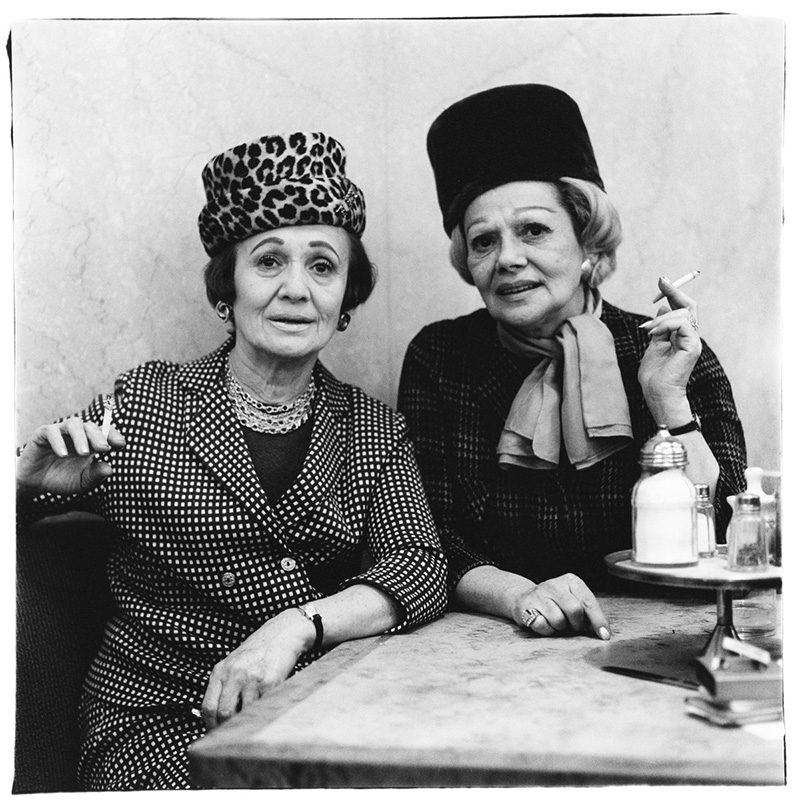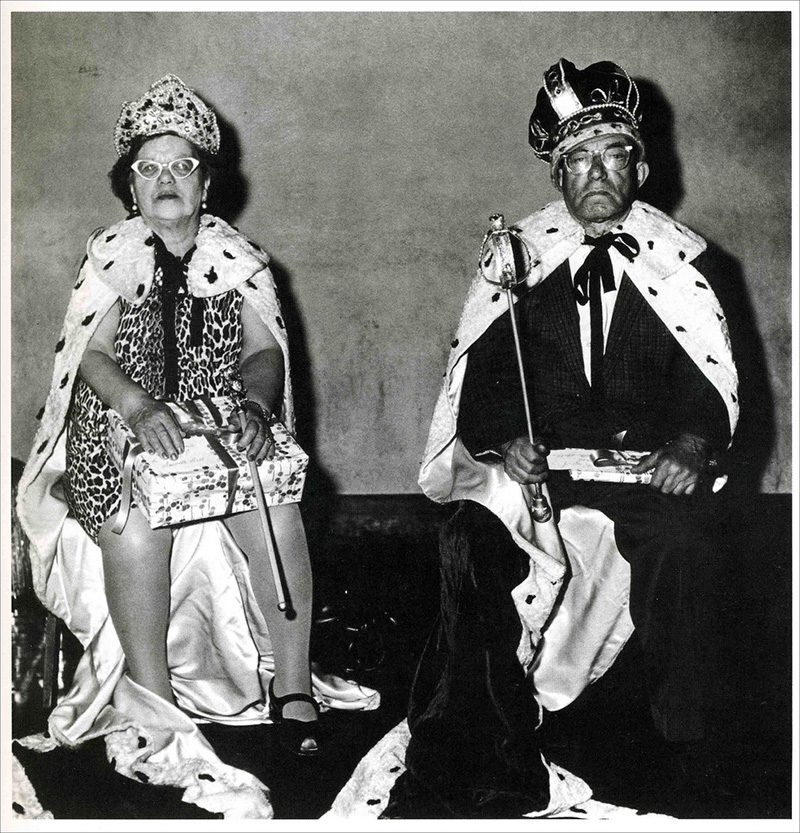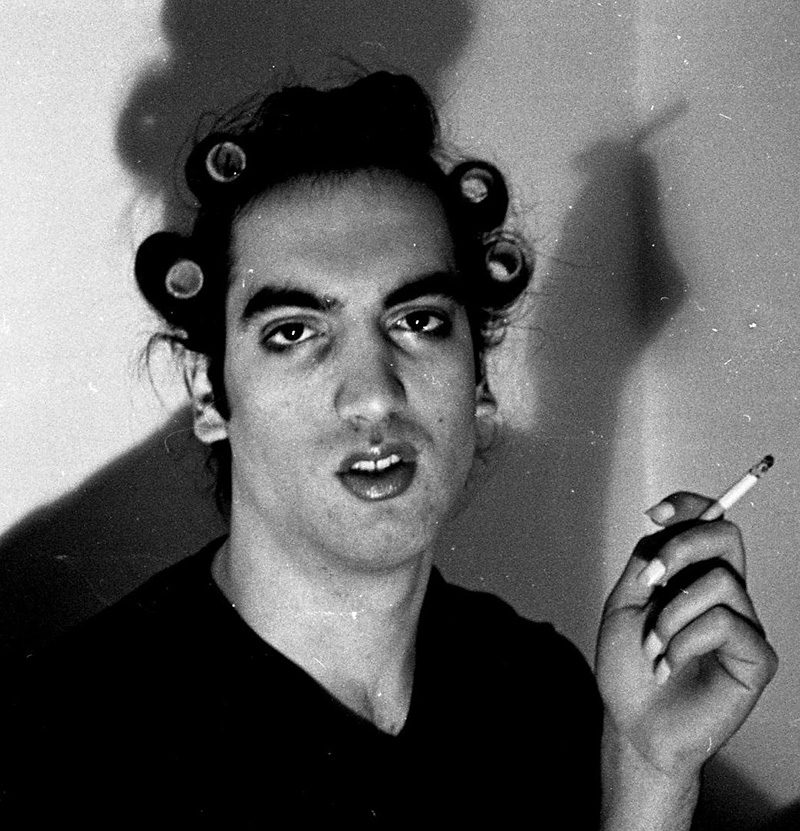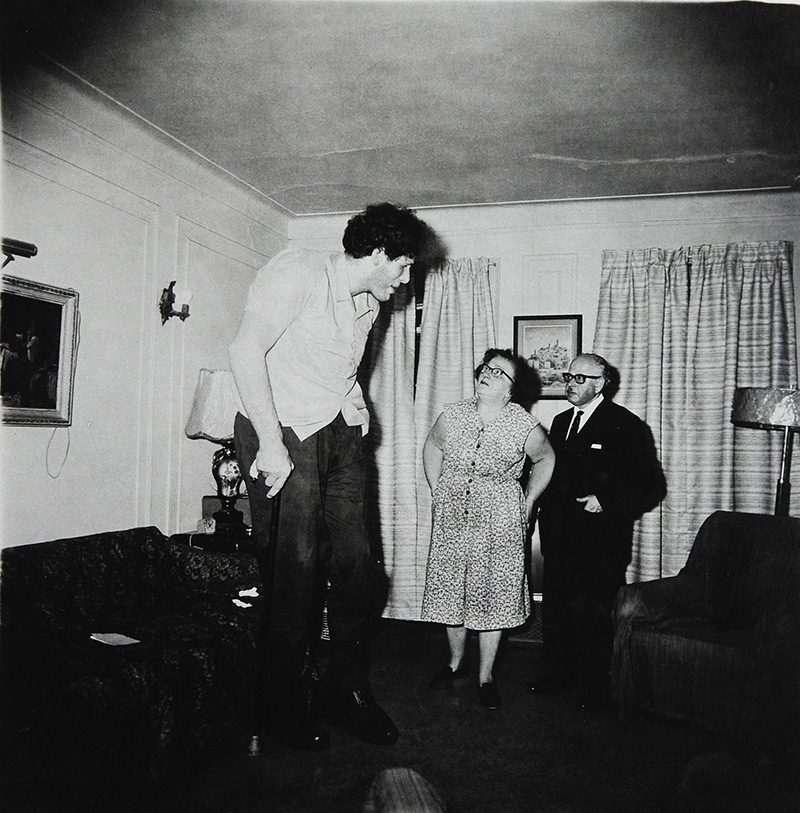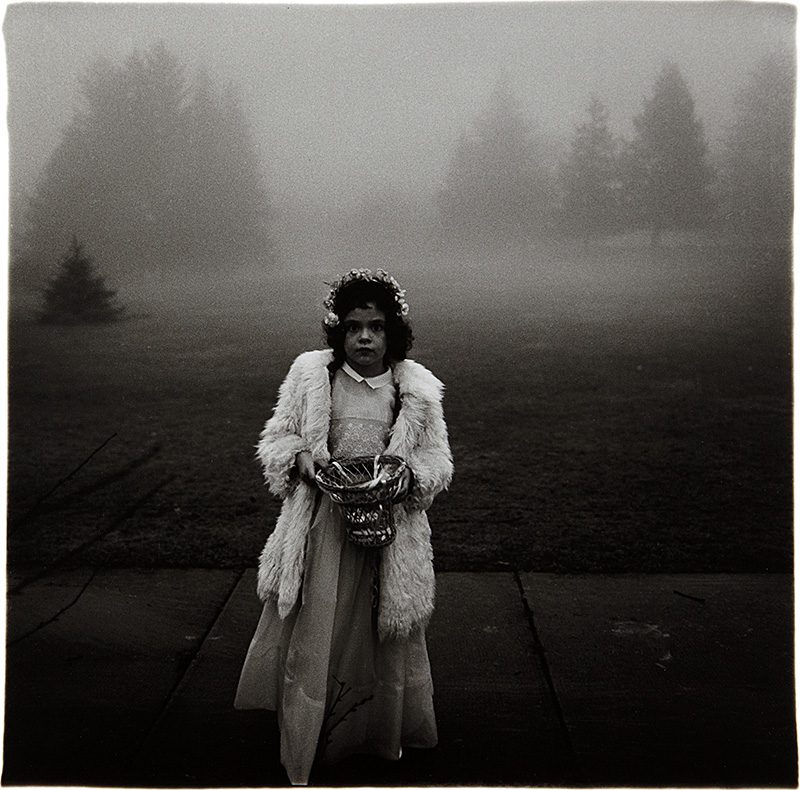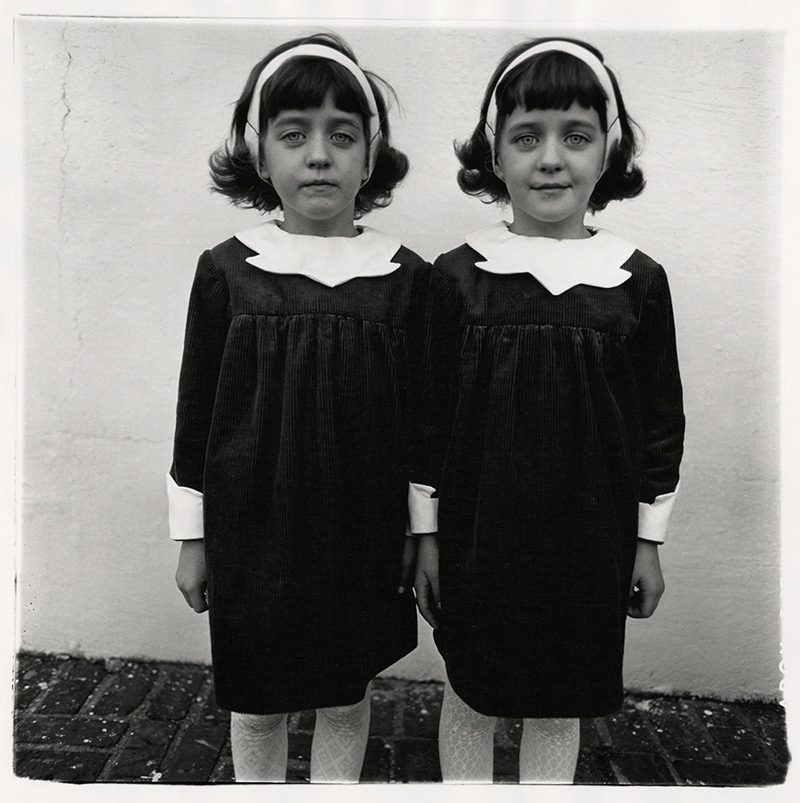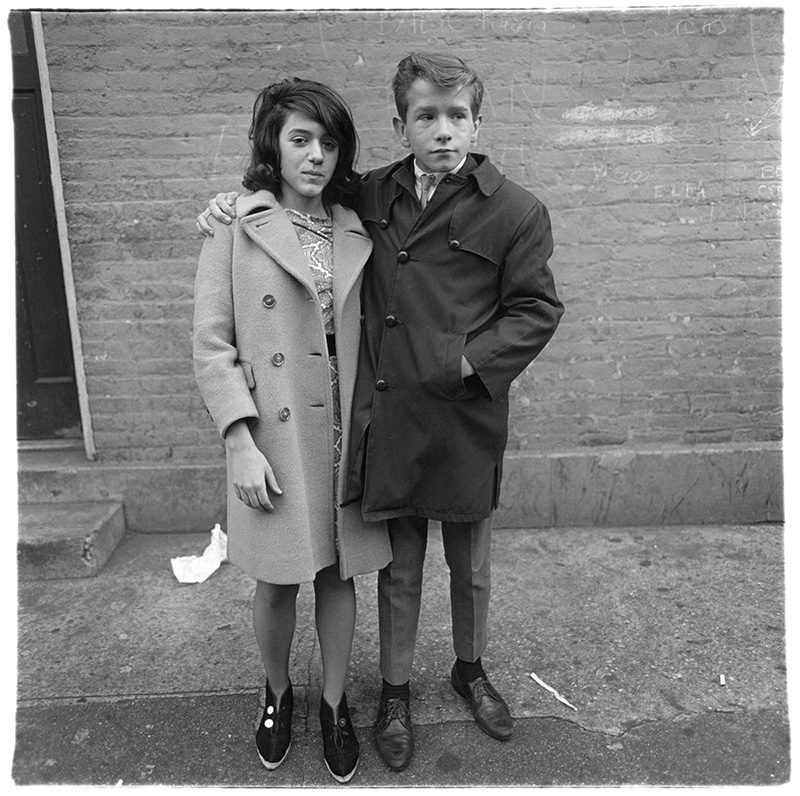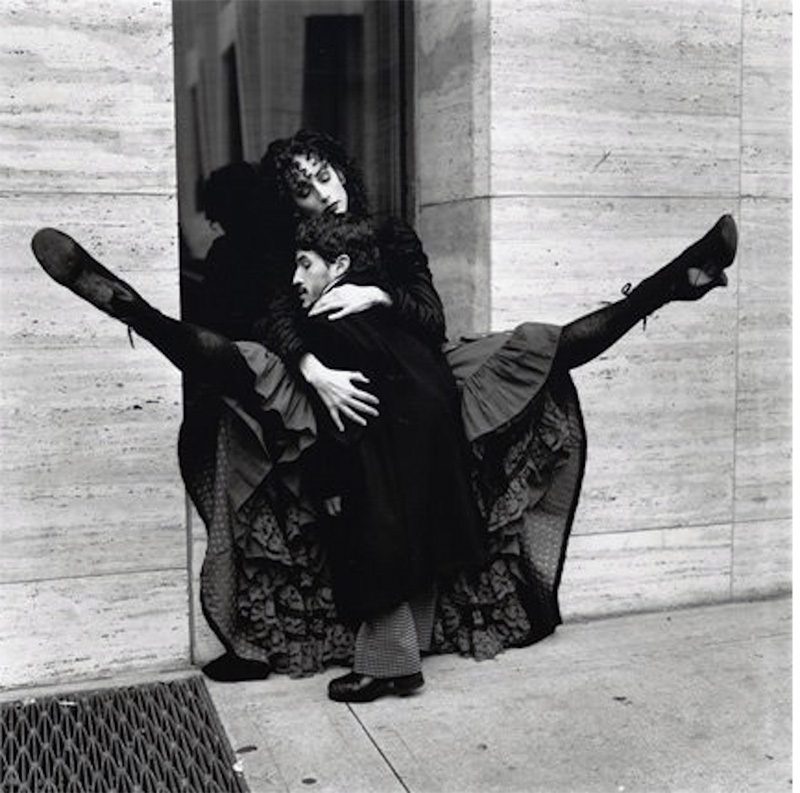PHOTO:Diane Arbus
 Diane Arbus was one of the most original and influential American Photographers of the 20th Century and was known for her photographs of outsiders and ordinary people of society. Diane Arbus is the kind of complex, ambitious, taboo-smashing artist whose life, work and the connection between the two, are endlessly fascinating. Her photographs, particularly those of whom she termed “freaks”, set off a shockwave in the ’60s. And they still have the power shock the viewer’s psyche.
Diane Arbus was one of the most original and influential American Photographers of the 20th Century and was known for her photographs of outsiders and ordinary people of society. Diane Arbus is the kind of complex, ambitious, taboo-smashing artist whose life, work and the connection between the two, are endlessly fascinating. Her photographs, particularly those of whom she termed “freaks”, set off a shockwave in the ’60s. And they still have the power shock the viewer’s psyche.
By Dimitris Lempesis
Diane Arbus was born on 14/3/24 she attended the Ethical Culture School and the Fieldston School, both in Manhattan. On 10/4/41 she married with Allan Arbus, in 1946, after Allan returned from World War II, the couple decided to pursue a career as fashion photographers. Over the next 10 years the Allan and Diane Arbus Studio became very successful. However, Diane hated the world of fashion photography and began to suffer increasingly from depression. In 1957, she quit styling the Arbus Studio photo shoots. Moving into the world of independent photography was not easy for her. Diane Arbus was extremely shy, which hampered her ability to approach strangers on the street to ask them to pose. In addition, pursuing her own career went against the model of women at the time. By 1960, Diane and Allan Arbus had separated, though Allan continued to be a major emotional support in her life. To develop herself as a photographer, Arbus first enrolled in Alexey Brodovitch’s workshop, but she quit soon after she started. In 1958 she enrolled in Lisette Model’s class at the New School. There, Arbus found her mentor and a lifelong friend. Model helped her identify and accept what subjects she wanted to photograph, what Arbus later called “The forbidden”. Arbus began to use her fear as opposed to being frozen by it. Throughout the rest of her life she would talk of her photography as an adventure and the fear as a stimulus. A few months later, Arbus was asked to do a photo essay on the nightlife of New York for a special Esquire issue on the city, published in July 1960. It contained Diane Arbus portraits of six typical” New Yorkers, titled “The Vertical Journey: Six Movements of a Moment Within the Heart of the City”. In 1965, three of Arbus’s early pictures were included in a show at the Museum of Modern Art called “Recent Acquisitions”. Arbus was hesitant and concerned about the public’s reaction. She was right. The photo department’s librarian would come in early every morning to wipe the spit off the photos. While still taking photos of “freaks” and eccentrics, she was moving into other areas of identity. She began taking pictures of twins and triplets, of families and couples in Central Park, of the uptown and downtown art scenes and of nudist camps. In 1967, the Museum of Modern Art asked Arbus to contribute to “New Documents”. Unfortunately, although the exhibition did bring Arbus to the attention of the London Sunday Times Magazine, her fear that the exhibit might lead to the public misunderstanding her work was realized. With the notoriety of the “New Documents”, Diane Arbus became more firmly established as the “freak” photographer, and publishers became increasingly shy of using her to photograph the subjects of their stories. A further blow to her commercial career came with the controversy over the “Viva pictures”. By 1970, Diane Arbus had become a legend. She also began what would be one of the final projects of her career, taking pictures of mentally retarded adults at a home in Vineland, New Jersey. Suffering from extreme depression, caught between her fear of fame and her need for money, and at a crossroads in her work, Diane Arbus committed suicide in her apartment on 26/7/71.

